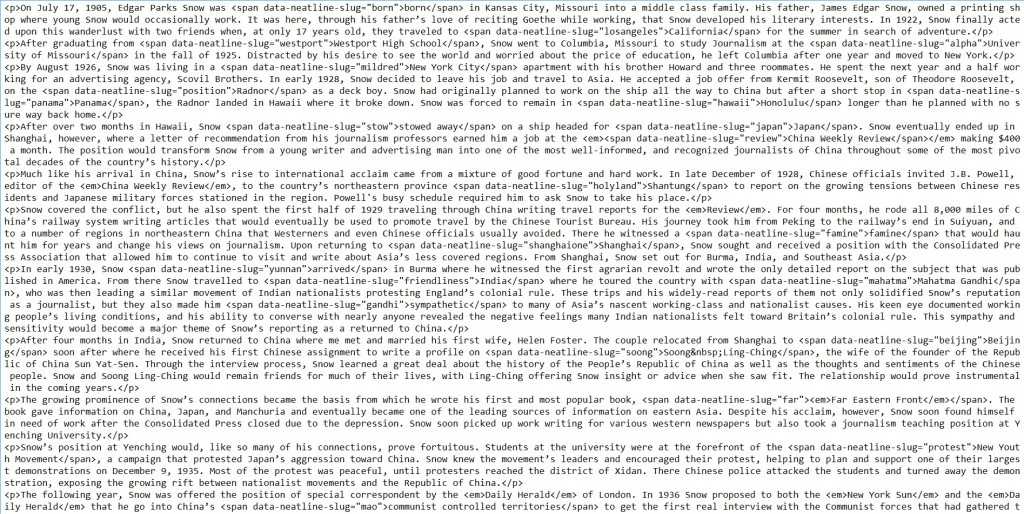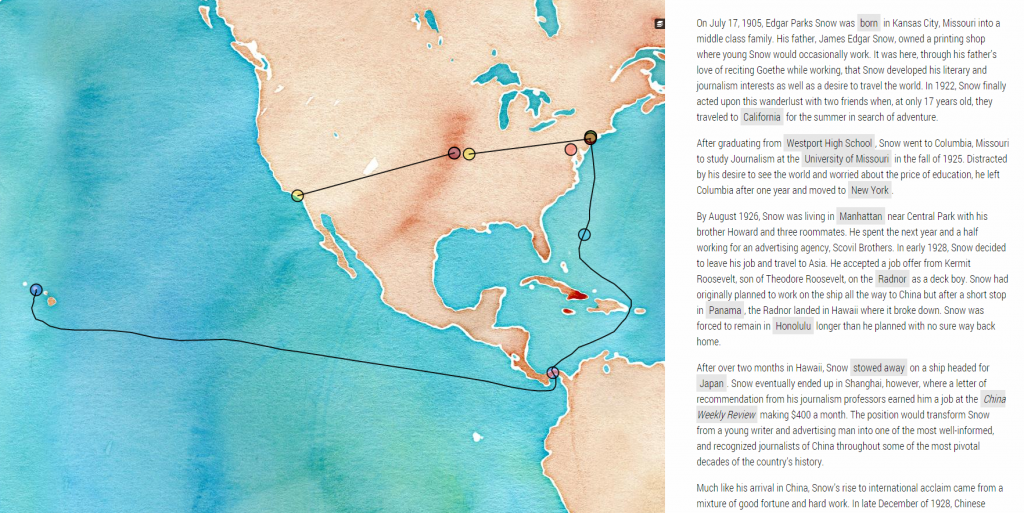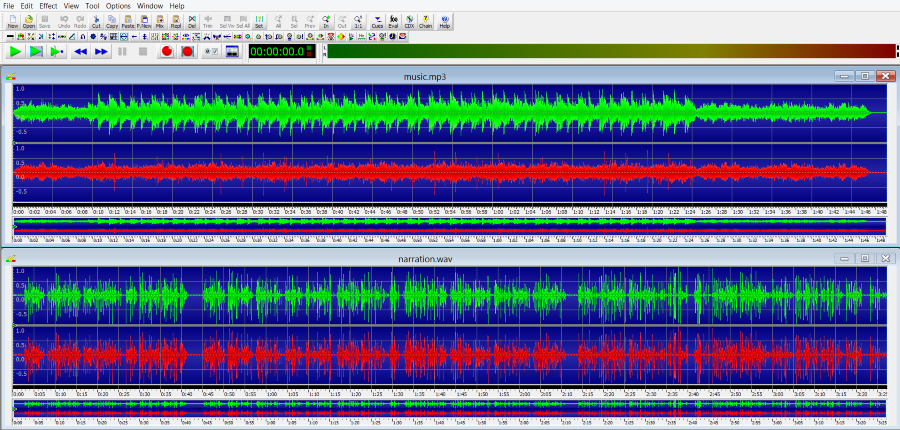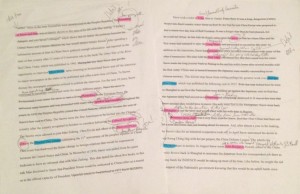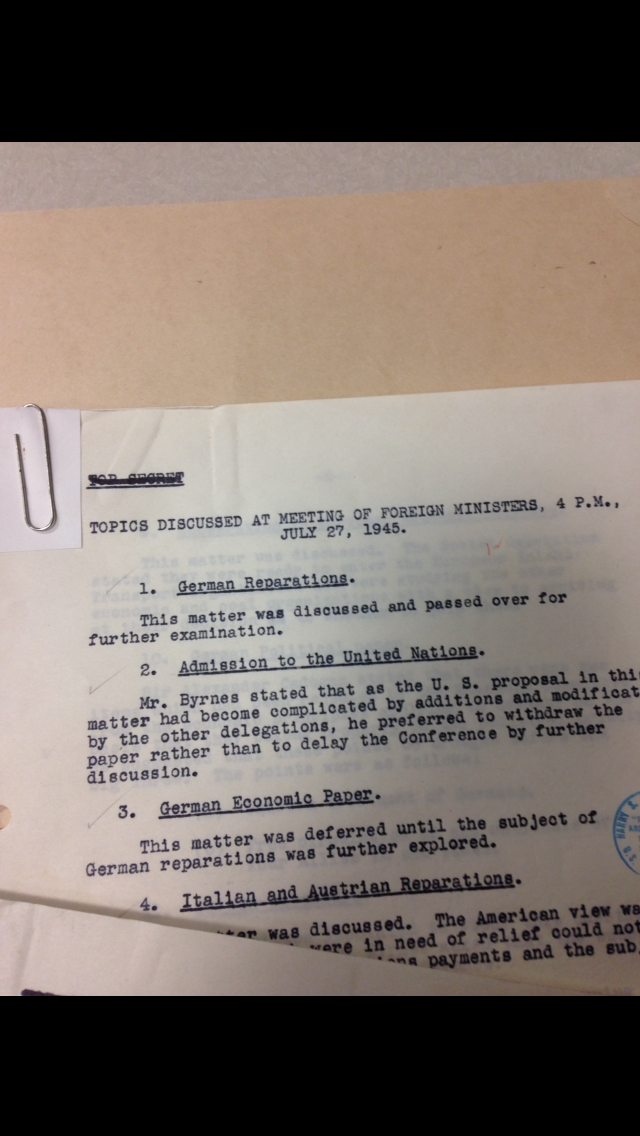By Autumn R. Neal
The semester is over and I am graduating later this week. That doesn’t mean that I am done with the Edgar Snow Project, though. A couple months ago I applied to the History M.A. program here at UMKC and was accepted last week so needless to say I’ll be around for a while. There are a few things other big things going on here in the early spring so I believe that the site will officially launch in March. I have a couple things to finish up before then, like perfecting the video because I am a perfectionist, but can work on those over the winter break. The thing about this site is that since I’ve been working with it for so long I don’t feel like I should walk away just because my internship is over and my grade will be posted. I’m more concerned with completing it and putting out the best product possible. It’s an actual thing I made and pretty much my first “career” experience. I know that I can talk about everything I learned on this project on my resume and in interviews. I’m proud of it. Keep an eye out because I’m sure you’ll hear more about the site very soon.

